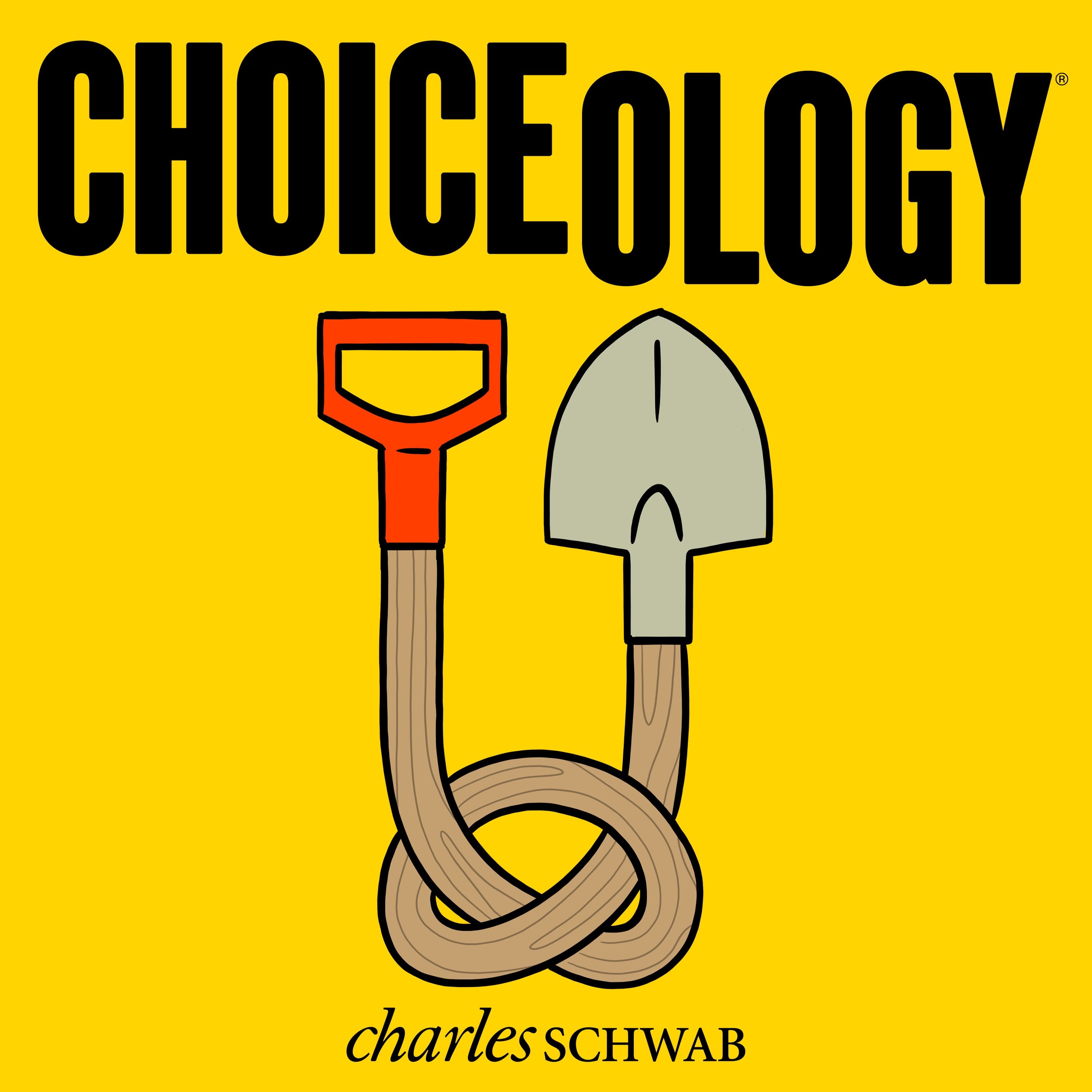If you've ever gotten well into a project—maybe a DIY renovation—and then realized that you've taken the wrong approach, you probably know that it's very tempting to just stay the course. Starting all over again would be so painful, even if starting over is clearly the best option.
Or maybe you've taken a wrong turn on a hike and only noticed it a mile later. You know the dread of going back. Even if turning around is the smartest option, there's a strong pull to just keep moving forward.
In this episode of Choiceology with Katy Milkman, we explore why people push ahead, even when a better path is available.
You'll hear the epic story of the building of the Panama Canal—and the high cost of not starting over when setbacks kept mounting.
Then, Katy speaks with Berkeley Haas Professor Clayton Critcher about what he and collaborator Kristine Cho have dubbed doubling-back aversion and how it can affect many different decisions in our lives.
If you enjoy the show, please leave a rating or review on Apple Podcasts.
Check out more episodes.
Explore more topics
The comments, views, and opinions expressed in the presentation are those of the speakers and do not necessarily represent the views of Charles Schwab.
This material is intended for general, informational and educational purposes only.
Data contained herein from third party providers is obtained from what are considered reliable sources. However, its accuracy, completeness or reliability cannot be guaranteed.
All corporate names and market data shown above are for illustrative purposes only and are not a recommendation, offer to sell, or a solicitation of an offer to buy any security.
The policy analysis provided by the Charles Schwab & Co., Inc., does not constitute and should not be interpreted as an endorsement of any political party.
Investing involves risk including loss of principal.
The book How to Change: The Science of Getting from Where You Are to Where You Want to Be isnot affiliated with, sponsored by, or endorsed by Charles Schwab & Co., Inc. (CS&Co.). Charles Schwab & Co., Inc. (CS&Co.) has not reviewed the books and makes no representations about its content.



